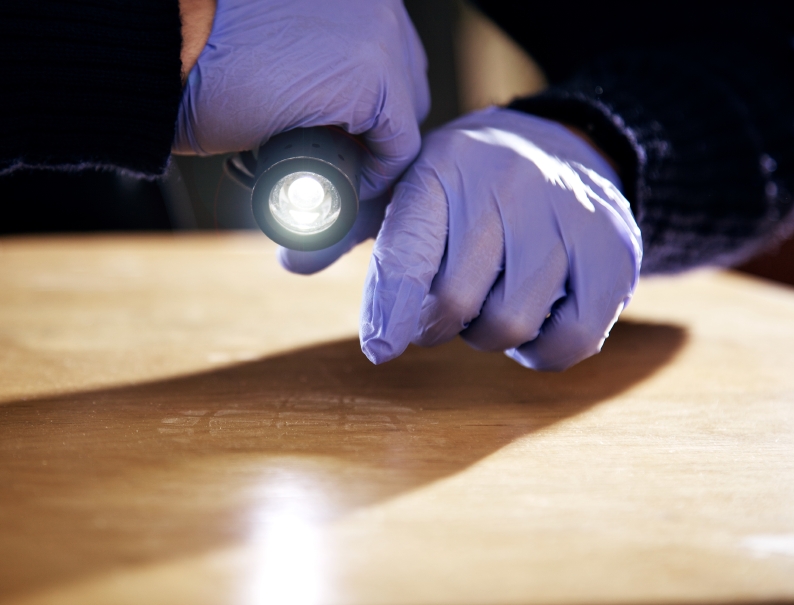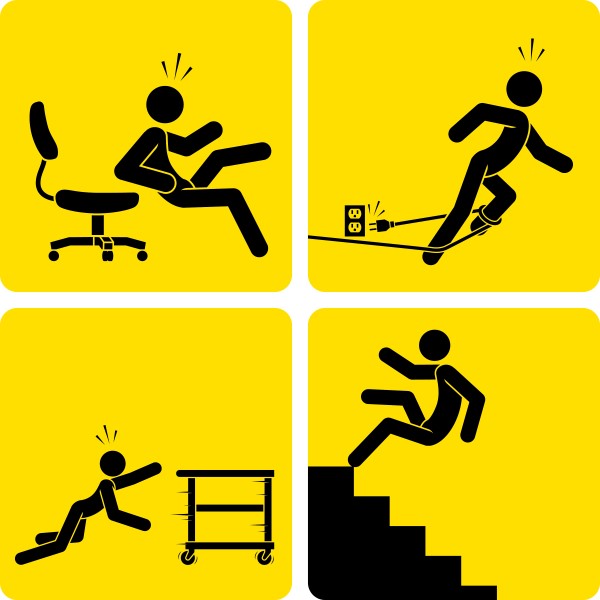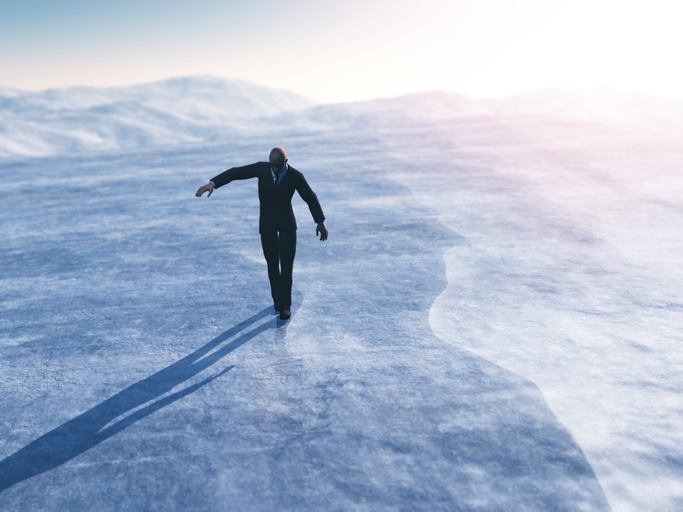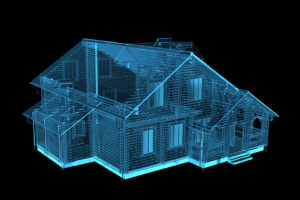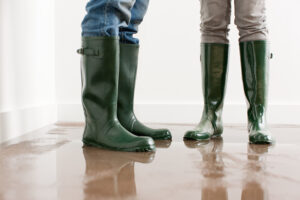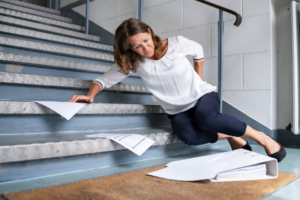Bringing science into the courtroom has evolved significantly in the past two decades. It was not that long ago when slip and fall experts could opine upon slipperiness of a floor using only experience as their qualifying factor. Nowadays, experts may utilize tools such as slip resistance meters to accurately and consistently measure values to determine slip resistance. This testing is supplemented by standards that call out numerical values and can be referenced for courtroom opinions. Does your expert have a digital library of Codes and Standards ( ICC, ASTM, NFPA, etc) at his or her finger tips to expedite their research and analysis and opine upon premises liability?
When you consider the science of slip/trip and falls, some focus areas should be considered:
– First: surfaces should be considered – slip resistance, surface materials & structure, maintenance & cleaning, contamination and the source of contaminants
– Second: environmental conditions should be considered – proper lighting, storm water drainage, freeze/thaw conditions, and weather reports
– Third: geometry of components & surrounding components, means of egress (exit access, stairs, handrails, ramps & landings)
– Fourth: compliance with building codes, fire codes, and life safety codes should be considered – date of construction is often critical
– Fifth: compliance with American Disability Act (ADA) and OSHA regulations should be considered
– Sixth: communication with local authorities having jurisdiction (AHJ), building officials and fire officials often returns critical information not easily found through research
So how should you (and your expert) approach the typical forensic process? The initial discussion between client and expert should reveal how and where the incident happened. This should trigger research as to the applicable standards and/ or codes. If the injury causation comes into question, a biomechanics expert may be able to qualify or dis-qualify injuries sustained in connection with a specific fall event. Next, your expert should want to inspect the incident location / accident scene to document/measure the area of interest. Oftentimes this uncovers contributing liabilities and factors which may not have been seen in pictures or described in witness statements / depositions. If nothing else, the inspection provides the expert credibility that they actually put eyes upon the physical evidence they have based their opinions on. A logical next step would be to conduct some analysis and possible additional research based on new information found on inspection. The final phase is reporting. If what your expert finds is not good for your claim / case, you should expect verbal report only so as to not memorialize findings that negatively impact your strategy. If the findings are helpful, you should expect your expert to have his opinions / report reviewed by another expert to provide quality control within the conclusions documented.
Finally, should your expert be deposed, what training or quality controls does he or she have to make sure that they are prepared for the battery of attack from opposing counsel. The same goes for trial testimony should your case go the distance. Your expert should have answers to these questions.
Featured Engineer: Thomas L. Hannon, P.E., CFEI, CVFI, CFPS Mechanical Engineer
Submit a Slip/Fall case online.
Contact a CED Engineer in your region.
